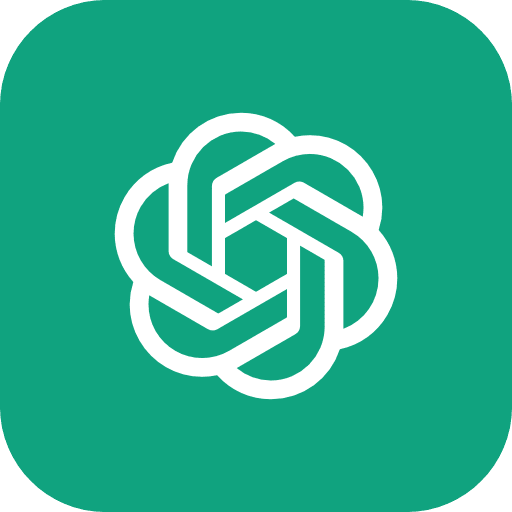Get the free templates.
Get started with this tutorial by downloading the templates and following along with the video.
In part two of our deep dive into local business lead generation, we take automation to the next level. If you missed part one, where we discussed scraping local business data from Google Maps and organising it in Airtable, feel free to check that out first. This article builds on that foundation, focusing on how to automate the creation of website reports and outreach emails, effectively creating a mini CRM for your business.
The Workflow Overview
The goal of this automation is simple: transform collected data into actionable insights and use them for targeted outreach. Here’s the step-by-step overview of the workflow we’ll build:
Data Scraping and Organisation: We start with the data scraped in part one—emails, phone numbers, and URLs of local businesses—organised neatly in Airtable.
Website Crawling: Using Apify, we’ll scrape the text from each business’s website.
Report Generation: The scraped data will feed into a Google Doc, which will be passed to a custom ChatGPT AI assistant for analysis.
Report Review: Once generated, the report is reviewed and approved.
Outreach Email Creation: A specialised prompt in Claude AI generates a tailored email, which is sent to the lead.
CRM Update: The outreach status is updated in Airtable, enabling seamless tracking.
Step 1: Setting Up the Automation in Airtable
We begin by setting up fields in Airtable to track the lead status. These include:
Report Status: Tracks the progress from "Data Obtained" to "Report Approved."
Report Link: Stores the URL of the generated report.
Document ID: Tracks the associated Google Doc.
Outreach Status: Monitors stages like "Email Sent," "Responded," and "Working."
With these fields, you can create Kanban views to visualise and manage workflows for both report generation and outreach.
Step 2: Automating Report Creation
Once the data is ready, we trigger the automation:
Trigger Setup: When a record in Airtable is moved to "Ready," the automation starts.
Website Crawling: Using Apify’s Website Content Crawler, we extract textual content from the lead’s website.
Document Creation: The extracted data is compiled into a Google Doc. This document is then uploaded to a vector database accessible by our ChatGPT AI assistant.
AI-Generated Report: The assistant processes the website data and generates a detailed report, highlighting strengths, weaknesses, and quick wins for the website.
Step 3: Review and Approval
Before sending the report, manual intervention ensures quality. This step prevents irrelevant or poorly formatted reports from reaching leads.
Once reviewed, the report status in Airtable is updated to "Report Approved," triggering the next phase.
Step 4: Crafting and Sending Outreach Emails
With the report ready, it’s time to create an engaging email:
Content Extraction: The report content is retrieved from the Google Doc.
Email Drafting with Claude AI: Claude generates a professional yet approachable email based on the report. The email includes the report’s highlights and a call-to-action, tailored to the recipient.
Email Sending: The email is sent via Gmail, with the report attached as a PDF.
Step 5: Updating the Mini CRM
After the email is sent, the outreach status in Airtable is updated to "Email Sent." This allows you to track follow-ups and manage leads efficiently. The Kanban view now displays the lead in the next stage, enabling your sales team to focus on follow-ups.
Why This Workflow Works
This end-to-end automation system not only saves time but ensures consistency and scalability. By combining tools like Airtable, Apify, Google Docs, and AI models like ChatGPT and Claude, you can:
Streamline repetitive tasks.
Deliver personalised, value-driven content to leads.
Build a scalable mini CRM to track and manage your sales process.
Customisation and Next Steps
This workflow is highly customisable. For example, you can:
Enhance Report Templates: Add branding and styling to reports for a professional touch.
Refine AI Prompts: Tailor AI instructions to generate more specific and impactful content.
Integrate Additional Tools: Expand the system by connecting other automation tools like Zapier or Make.com for further efficiency.
Conclusion
This automation demonstrates the potential of AI and automation tools to transform lead generation and outreach processes. By investing in these workflows, you can focus more on strategy and relationship-building while letting technology handle the grunt work.
If you’d like to explore this system further or need help setting it up, feel free to reach out. Don’t forget to check out the templates to get started immediately. Happy automating!




